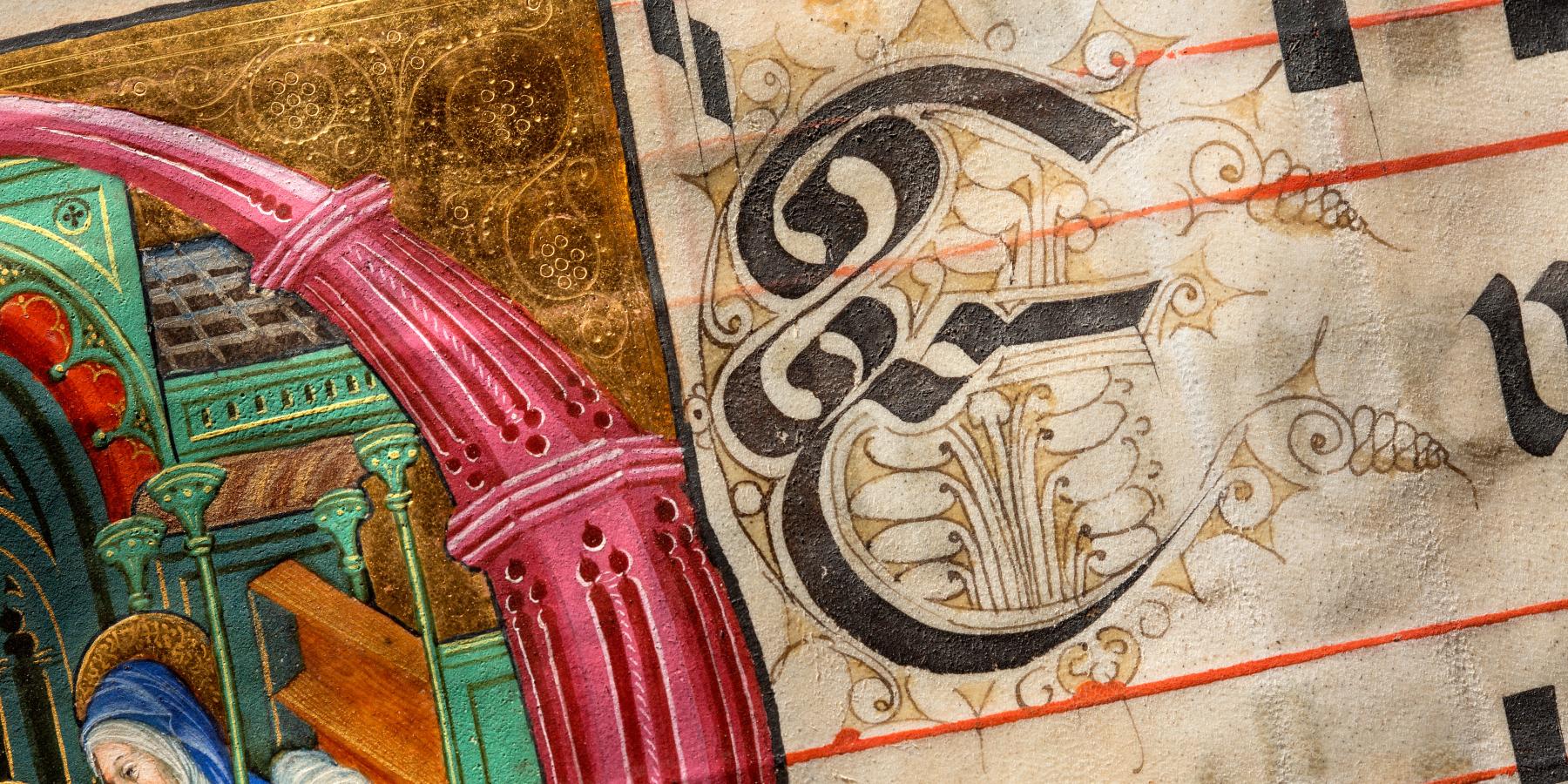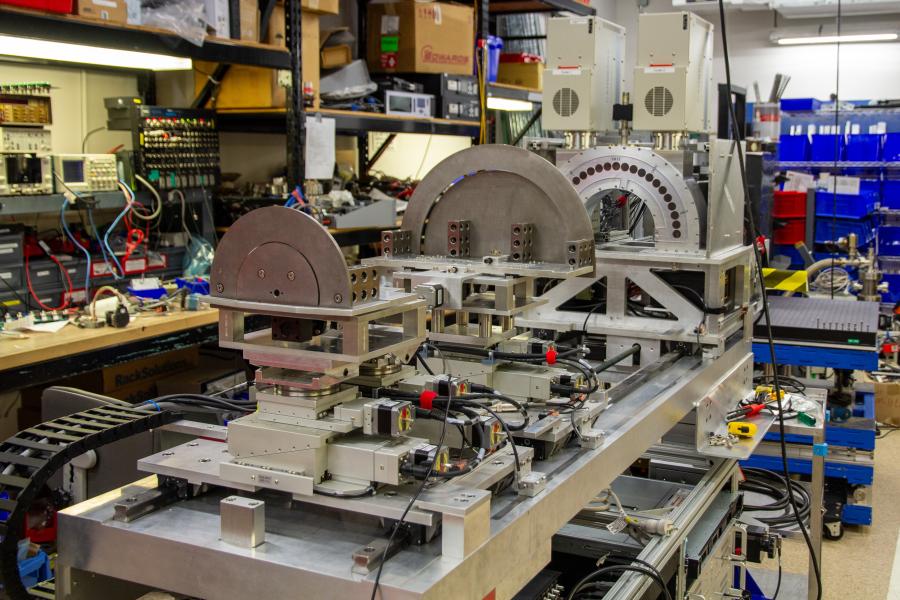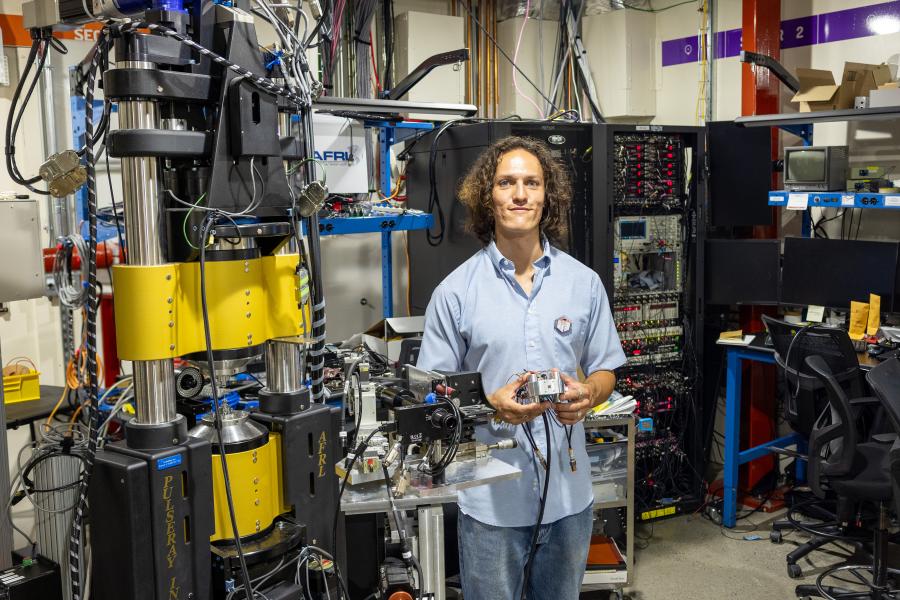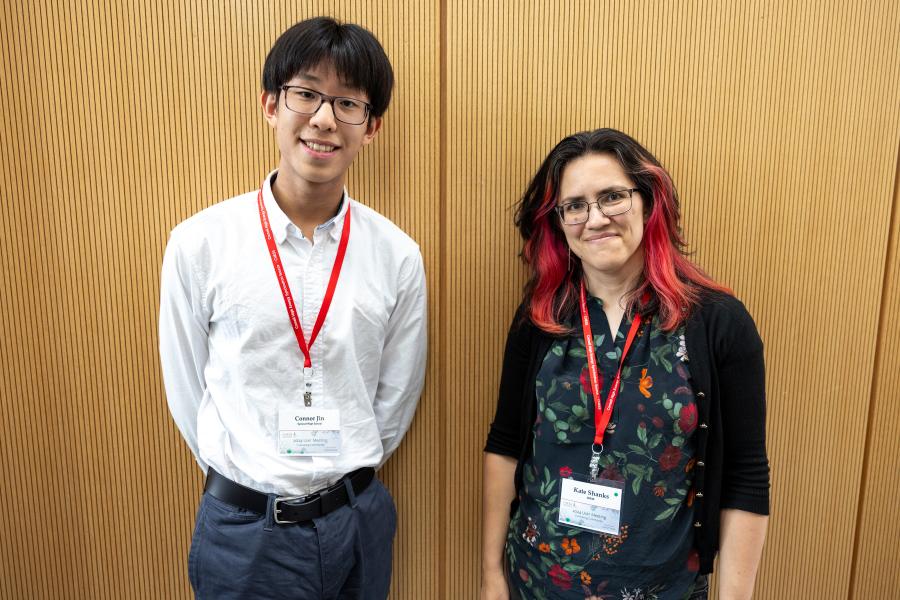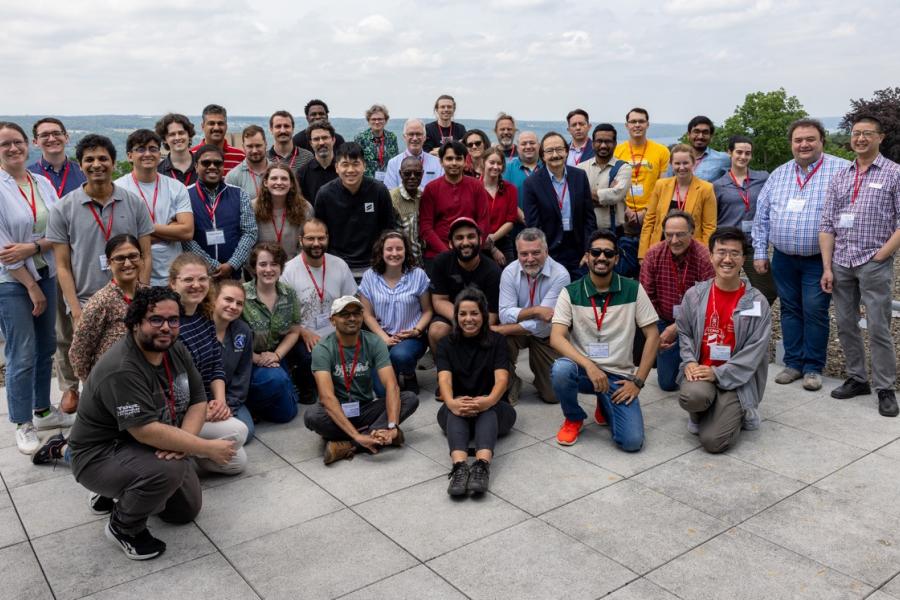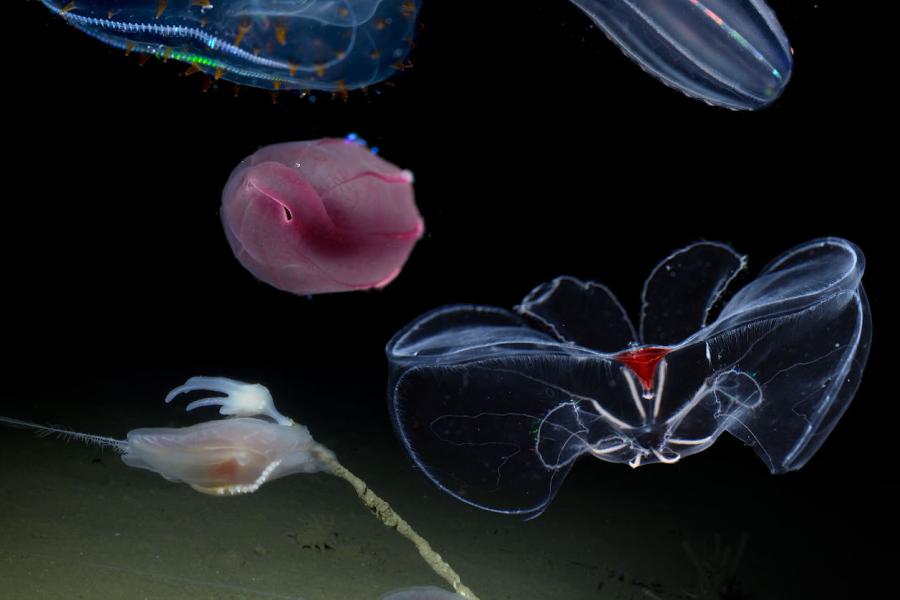Sidebar Menu (View Pages)
- Status
- ⌃ Science
- ⌃ Users
- ⌃ Facilities
- ⌃ Public
- Industry
- ⌃ About
Tags
Featured
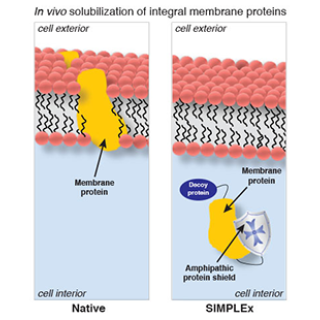
'Shield' gives tricky proteins a new identity
Studding the lipid membrane of every cell are millions of integral membrane proteins – molecules that play crucial roles in cell signaling, adhesion and other life processes, and become the targets for half of today’s pharmaceutical drugs.
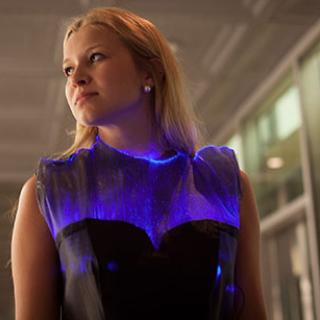
Lighted clothing that flashes to beat of music will hit runway
These clothes soon may be all the rave: Fiber science and physics students have teamed to create fashionable “smart” garments with vivid, luminescent panels that pulse to music.
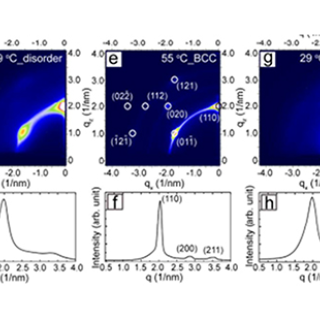
Anomalous thermal behavior of small gold nanoparticles
When we heat up something, we usually expect it to come out less ordered, e.g. ice turns to water. On cooling, order returns: water crystallizes to ice.

AFRL Materials and Manufacturing Directorate recognizes high-energy diffraction microscopy team with Charles J. Cleary Scientific Award
The Air Force Research Laboratory Materials and Manufacturing Directorate recognized CHESS users Dr. TJ Turner and Dr. Paul Shade with the directorate’s most prestigious Charles J. Cleary Scientific Award for outstanding in-house research.
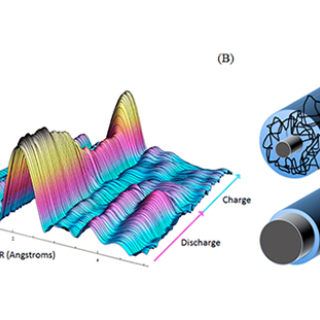
Real-time observation of nanowire lithiation for energy storage
Lithium-ion batteries (LIBs) can store energy from alternative intermittent sources via chemical reactions, for later use in electronics, transportation, and grid load leveling.
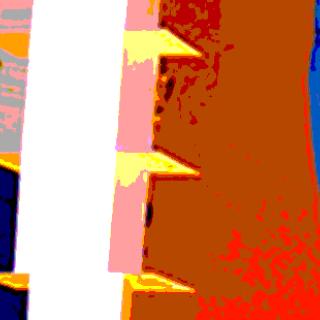
Brought to you by the letter "E"...
The Terra Science and Education Foundation recently awarded Xraise and the Ithaca City School District with their 2015 grant for Best Practices in Urban STEM Education for the project "The E in STEM: Making Engineering Evident in Elementary Schools."
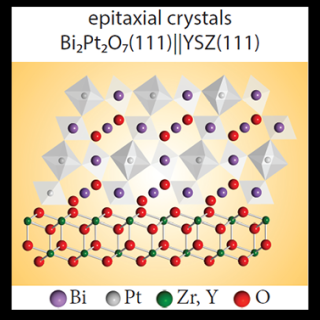
First-ever epitaxial bismuth platinum pyrochlore thin-films grown at CHESS
Araceli Gutiérrez-Llorente, a visiting scientist from Universidad Rey Juan Carlos in Madrid, Spain, and a team of researchers from the energy materials center at Cornell (emc2) and CHESS, have produced the first-ever epitaxial Bi2Pt2O7 thin-films.
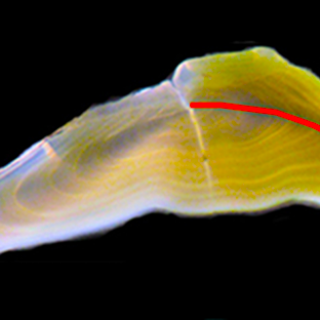
In search of the dead zone: using fish to monitor low oxygen marine environments
Longtime CHESS user Karin E. Limburg has been bringing challenging problems in marine biology to CHESS for many years.
